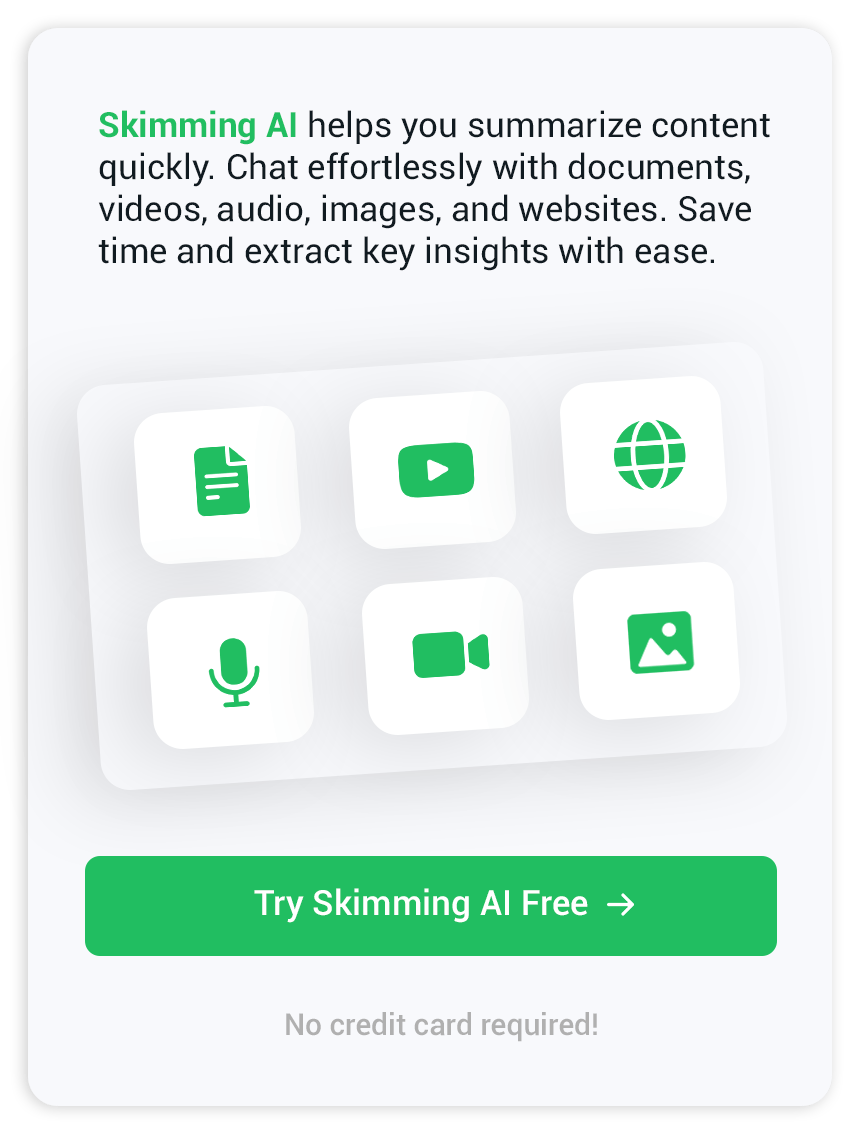Scan to text – fast document conversion, extract text instantly
Turn Paper and Pictures into Usable Text
If you have ever snapped a photo of a meeting note or scanned a printed document, you might have wondered what happens after that. Scan to text turns images of printed or handwritten words into real, editable text. With this, you do not have to retype each line, and you can search, copy, or share your content right away. Many people rely on scan to text when working with receipts, business cards, contracts, textbooks, or even recipes clipped from magazines.
Everyday Convenience in Work and Study
Imagine dealing with a long PDF full of tables and old reports. Instead of struggling to copy information line by line, scan to text software recognizes the characters in your file and delivers the content as text. This is not only about saving time. For students, having textbook pages in searchable text format means easier note making and better review. For professionals, converting meeting notes or contracts allows for seamless editing and collaboration. A scanned invoice, for instance, can quickly be transformed into usable data for a report.
Teachers often use scan to text to digitize worksheets for students. Journalists may rely on it to extract quotes and data from printed press releases. Researchers find it helpful for gathering sources faster. By making paper documents accessible and editable, scan to text opens up new possibilities for learning and productivity. If you are interested in working directly with text from files, you could try a resource such as document chat to explore content extracted from scans in an interactive way.
From Images to Insights
Some people snap photos of whiteboards at meetings or snap a picture of a slide deck. Instead of letting these images collect dust on your phone, you can use scan to text to instantly pull details into your study notes or email threads. This is especially helpful if the original was never shared in a digital version. Visual content, like graphs or handwritten notes, can be converted using dedicated tools. If you want to experiment with transforming images, a tool such as image summarizer might help make sense of what’s captured in a photo file.
Connecting Paper to the Digital World
Sometimes work or studies mean using information from different places. Linking together text from scanned books, research articles, web content, and even YouTube transcripts provides richer results. Scan to text fits naturally with other solutions: you can convert images, audio, videos, and more. If you are curious about ways to interact with different content formats together, you can try options like YouTube chat to pull insights from video transcripts along with your scanned text files.

